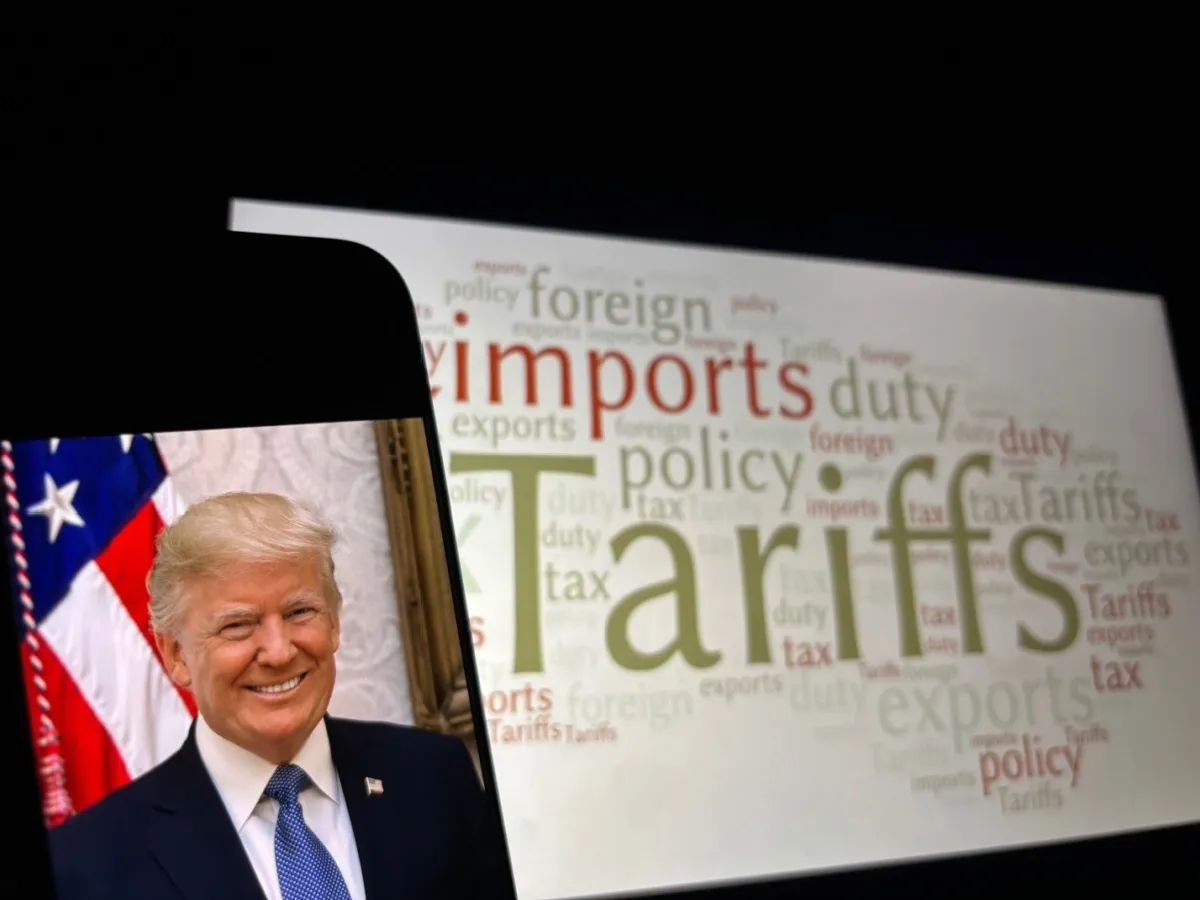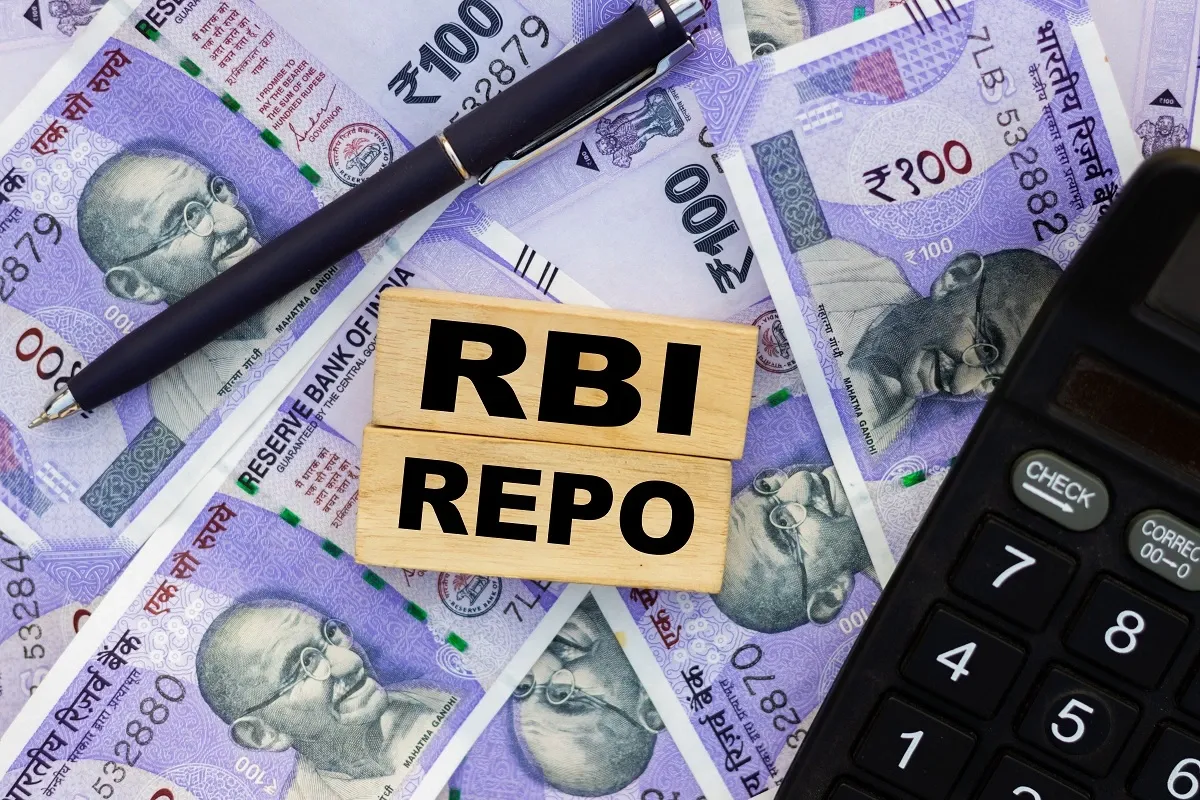Business News
Trump's reciprocal tariffs: Who pays it and how does it affect consumers? Does it violate WTO rules? Explained

7 min read | Updated on April 04, 2025, 09:45 IST
SUMMARY
Tariffs ranging from 10-50% are imposed on all the trading partners of the US, and countries with the steepest trade surpluses are seeing the highest tariffs. While Trump argues that these tariffs, which make foreign goods more expensive, will be beneficial for US manufacturers, prices can increase for consumers as businesses usually pass some or all of their taxes to their customers.

India on Thursday said that it is carefully examining the implications of the tariffs.
US President Donald Trump on Wednesday announced tariffs on several countries, including 27% reciprocal tariffs on India, intensifying global trade battles.
The tariffs are expected to become major challenges for Indian goods, but India’s position is better than other competitor nations, according to industry experts. While a 34% tariff is imposed on China, the European Union faces 20%.
What are tariffs?
A tariff is a custom duty, or an import duty, imposed on the import of goods into a country. The importer has to pay this tax to the home country’s government. Simply put, companies that import or bring foreign goods to the country will pay the tax to the government.
What is an ad valorem tariff?
Tariffs are generally calculated as a percentage of the item's value, which is known as an ad valorem tariff. For instance, a 25% tariff on ₹10 would be an additional ₹2.5. Trump’s executive order imposes additional ad-valorem duties (tariffs) ranging from 10% to 50% on imports from all trading partners.
What are reciprocal tariffs?
Reciprocal tariffs are imposed by countries in order to counter the increase in tariffs by trading partners. Informally, a reciprocal tariff is a ‘tit-for-tat’ tax. So if a country has imposed a 10% tariff on US goods, Trump has to impose the same 10% as a reciprocal tariff to maintain balance. However, the US has imposed higher taxes on countries with which it has a larger trade gap. Trump sees this as ‘unfair trade’ and aims to correct it by tariffs.
Why did the US announce these tariffs?
Trump believes the US is imposing tariffs on rival countries that are already taxing imports of American products. Moreover, he argues that these taxes are lesser than those imposed on US products. According to the US President, these taxes will boost domestic manufacturing in the US and decrease the trade deficit. The US is facing huge trade imbalances with countries, especially with China. As of 2023-24, the US has a trade deficit of $35.31 billion in goods with India.
How much tariffs are imposed on all trading partners?
Tariffs ranging from 10-50% are imposed on all the trading partners of the US. Countries with the steepest trade surpluses are seeing the highest tariffs.
How much tariffs are imposed on India?
India currently sees a 25% tariff on steel, aluminium, and auto products, while the remaining products are subjected to a baseline tariff of 10% to be imposed between April 5 to April 8. From April 9, tariffs will increase to 27% for India.
Who pays the tariffs?
Importers, or companies importing the goods, will pay these tariffs to the US government.
Does this mean more expensive goods for consumers?
Typically, yes. While Trump argues that these tariffs, which make foreign goods more expensive, will be beneficial for US manufacturers, prices can increase for consumers as businesses usually pass some or all of their taxes to their customers. This means that if a company has to pay an additional ₹2.5 tariff on every ₹10 product they sell and pass the tariff to the consumers, the ₹10 product would then cost ₹12.5.
Are any products/sectors exempted from these tariffs?
Sectors including pharmaceuticals, semiconductors, copper, and energy products like oil, gas, coal, and LNG are exempted from these tariffs, as per a Global Trade Research Initiative (GTRI) analysis.
How will these tariffs impact India?
India on Thursday said that it is carefully examining the implications of the tariffs. The Department of Commerce in a statement said that it is analysing the impact of the increase in tariffs and engaging with stakeholders, including the Indian industry and exporters, to understand their response. The department is also studying potential opportunities that may appear because of the tariffs and the resulting shift in US trade policy.
“The Department of Commerce is carefully examining the implications of the various measures/announcements made by the President of the USA. Keeping in view the vision of Viksit Bharat, the Department is engaged with all stakeholders, including Indian industry and exporters, taking feedback of their assessment of the tariffs and assessing the situation,” the ministry said.
It is not clear yet whether these tariffs will end up being a setback for India or not.
The ministry added, “Discussions are ongoing between Indian and US trade teams for the expeditious conclusion of a mutually beneficial, multi-sectoral Bilateral Trade Agreement. These cover a wide range of issues of mutual interest including deepening supply chain integration."
Exporters body FIEO (Federation of Indian Export Organisations) said that while these tariffs pose challenges for Indian players, the country’s position remains comparatively more favourable than that of its competitor nations. The proposed Bilateral Trade Agreement will aid domestic players to overcome the impact of these duties, as per exporters.
GTRI said that the tariff regime by the US, which is rather protectionist, can become a catalyst for India to benefit from global supply chain rejig. To fully leverage this opportunity, however, India has to improve its ease of doing business and invest in logistics and infrastructure as well as maintain policy stability, the think tank added.
What is the bilateral trade agreement between India and the US?
When Prime Minister Narendra Modi visited the US in February, the US and India announced negotiations of the bilateral trade agreement to increase the trade between the countries to $500 billion by 2030. The countries are aiming to finalise the first phase of the agreement by October 2025. Under a trade agreement, the trading partners either significantly reduce customs duties or remove them completely on most goods traded between them, along with easing norms to promote trading activities.
Between 2021-22 and 2023-24, the US was India’s biggest trading partner, accounting for nearly 18% of India’s total goods exports, 6.22% of imports and 10.73% of the bilateral trade. India had a trade surplus, which means that its exports exceeded imports, of $35.32 billion in goods in 2023-24. This was $27.7 billion in 2022-23, $32.85 billion in 2021-22, $22.73 billion in 2020-21, and $17.26 billion in 2019-20.
India’s trade with the US in 2024
| Product | Value ($ Billion) |
|---|---|
| Drug formulations and biologicals | 8.1 |
| Telecom instruments | 6.5 |
| Precious and semi-precious stones | 5.3 |
| Petroleum products | 4.1 |
| Gold and other precious metal jewellery | 3.2 |
| Ready-made garments of cotton (including accessories) | 2.8 |
| Products of iron and steel | 2.7 |
| Product | Value ($ Billion) |
|---|---|
| Crude oil | 4.5 |
| Petroleum products | 3.6 |
| Coal, coke | 3.4 |
| Cut and polished diamonds | 2.6 |
| Electric machinery | 1.4 |
| Aircraft, spacecraft, and parts | 1.3 |
| Gold | 1.3 |
Do these tariffs violate the WTO rules?
A PTI report quoting international trade expert Abhijit Das said that these tariffs violate the World Trade Organisation (WTO) rules and breach both MFN (most favoured nation) obligations and the bound rate commitments, adding that a WTO member country can dispute these tariffs under the dispute settlement mechanism of the WTO.
About The Author
Next Story

